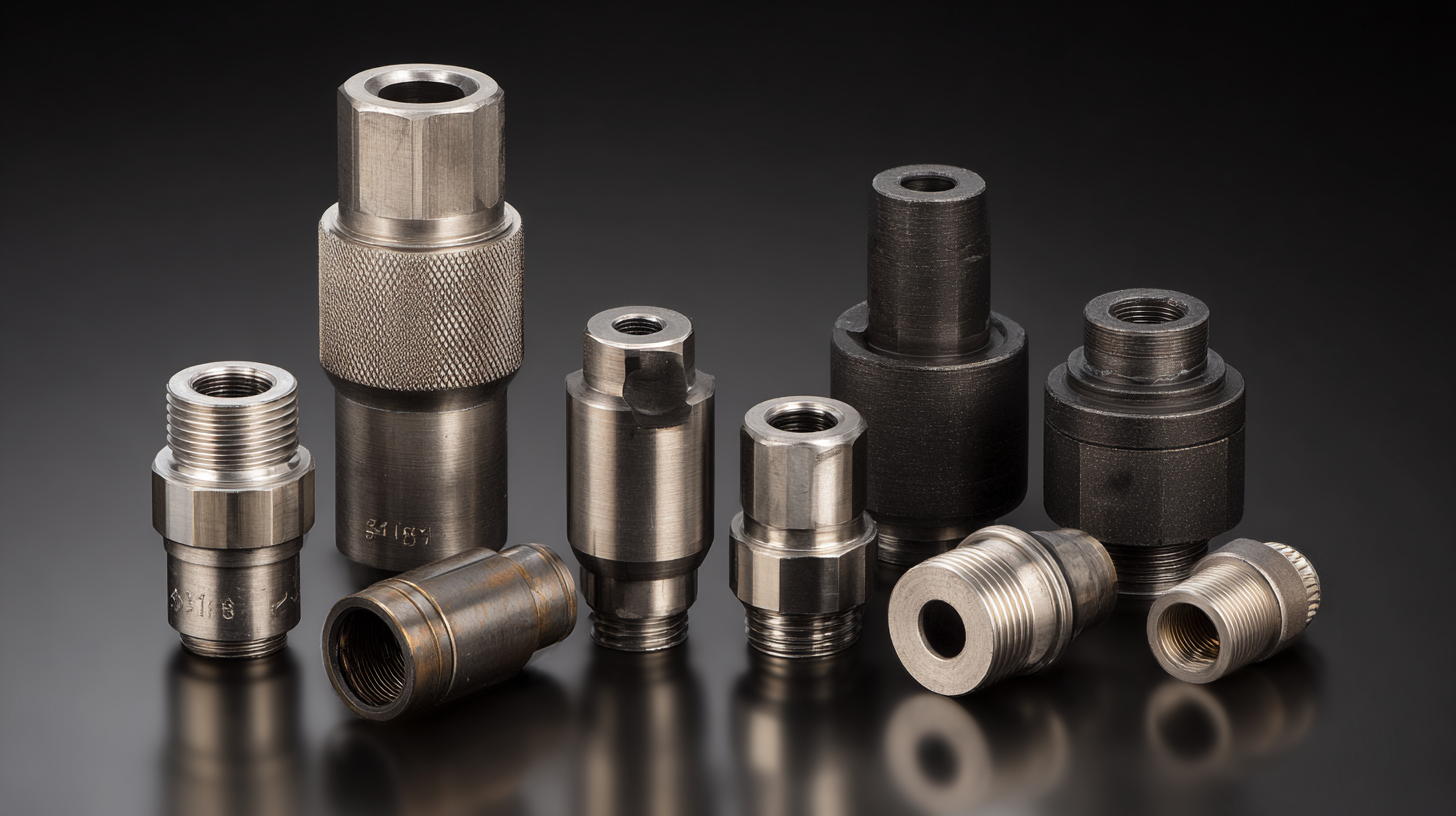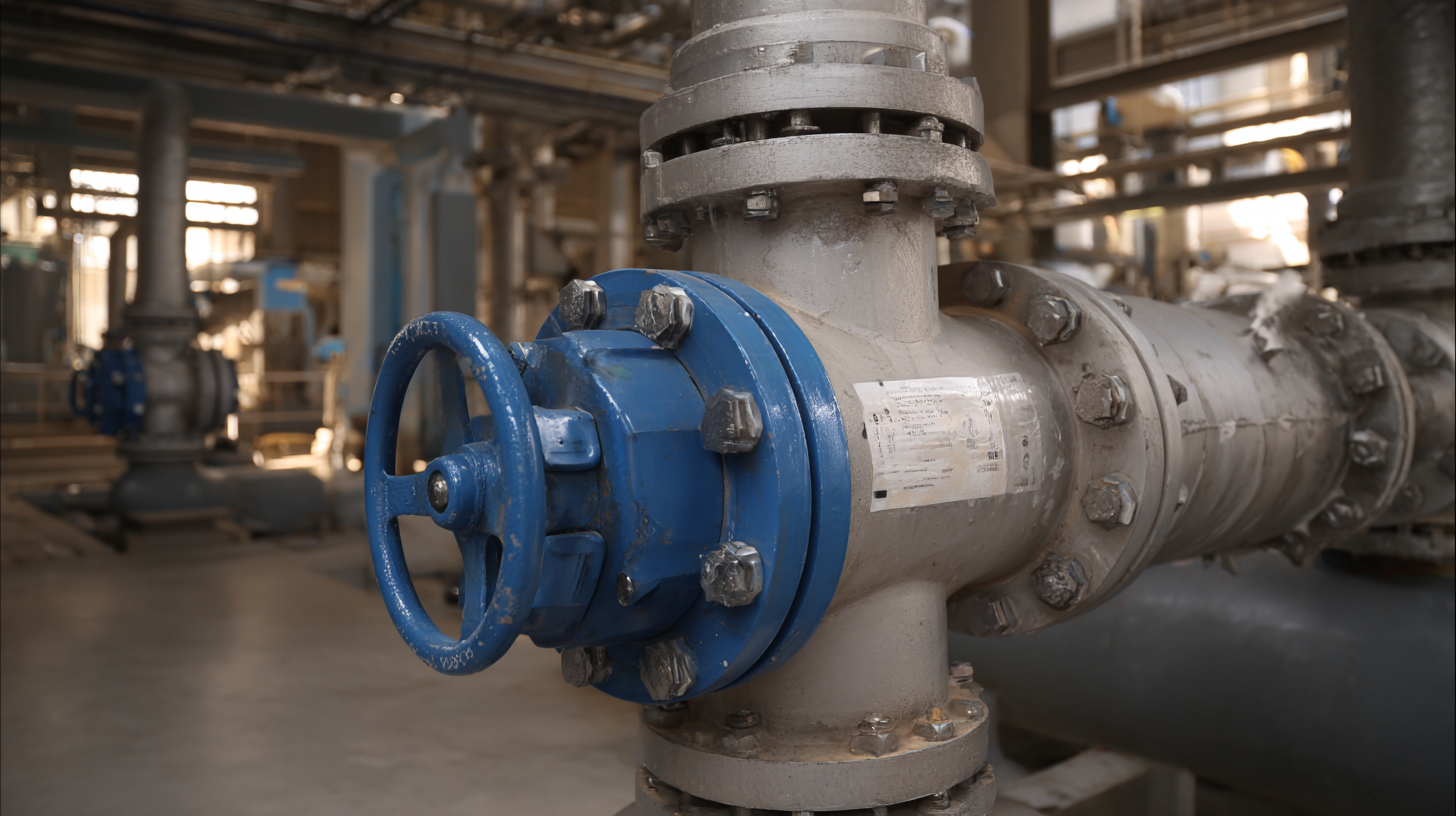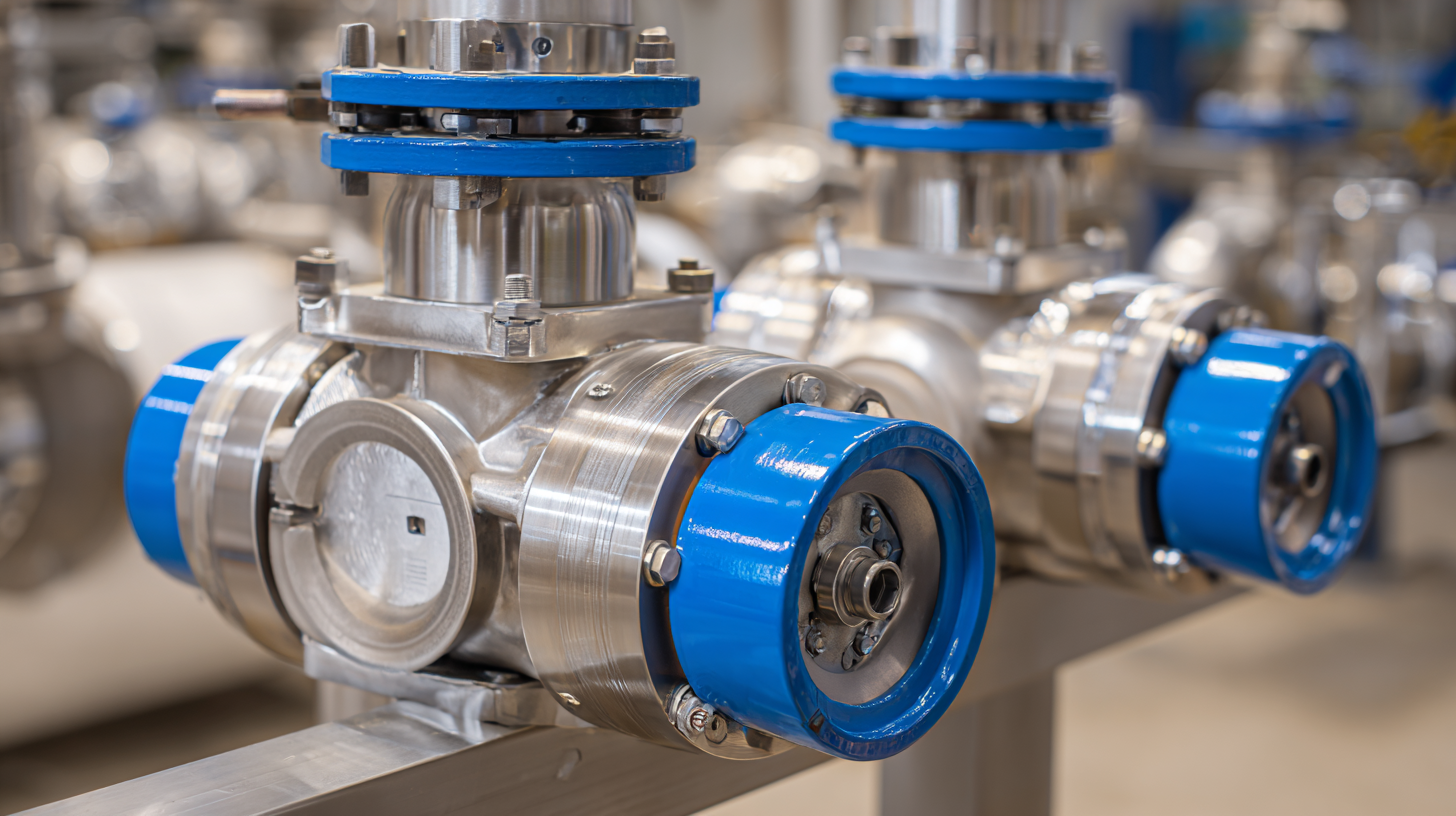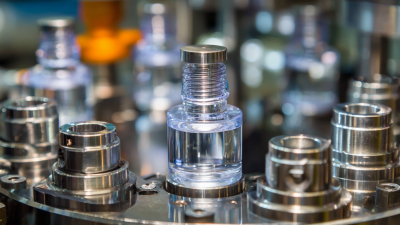
In the realm of fluid control systems, the functionality of components is paramount to ensuring efficiency and reliability. Among these critical components, the pfa lined check valve stands out for its unique properties and applications.
 PFA, or perfluoroalkoxy, is a high-performance polymer known for its exceptional resistance to chemicals, making it an ideal lining material for check valves used in corrosive environments. Understanding how these valves operate, including their design features and advantages, is essential for engineers and technicians who aim to optimize system performance.
This guide will delve into the intricacies of pfa lined check valves, exploring their construction, operational principles, and the specific scenarios in which they excel, ultimately contributing to more informed decision-making in fluid management practices.
PFA, or perfluoroalkoxy, is a high-performance polymer known for its exceptional resistance to chemicals, making it an ideal lining material for check valves used in corrosive environments. Understanding how these valves operate, including their design features and advantages, is essential for engineers and technicians who aim to optimize system performance.
This guide will delve into the intricacies of pfa lined check valves, exploring their construction, operational principles, and the specific scenarios in which they excel, ultimately contributing to more informed decision-making in fluid management practices.
PFA lined check valves are pivotal components in fluid handling systems, primarily used to prevent backflow in pipelines. These valves are designed with a lining made of perfluoroalkoxy (PFA), a high-performance fluoropolymer that ensures excellent chemical resistance and thermal stability. This lining makes them ideal for use in corrosive applications where standard materials might fail. The unique properties of PFA not only enhance durability but also contribute to maintaining the purity of the fluids being transported, which is particularly crucial in industries like pharmaceuticals, food processing, and chemical manufacturing.
In addition to their robust construction, PFA lined check valves offer seamless operation and reliability. They are engineered to respond swiftly to fluid flow changes, ensuring that backflow is effectively blocked without causing pressure drops. This is essential for safeguarding equipment and maintaining operational efficiency. Their design also minimizes wear and tear, leading to lower maintenance costs over time. As industries continue to evolve and demand more reliable solutions for fluid management, PFA lined check valves stand out for their performance and resilience, reinforcing their importance in various applications.

PFA lined check valves are an innovative solution designed to enhance flow control in various industrial applications. The primary feature of these valves is their protective lining made from perfluoroalkoxy (PFA), which offers exceptional resistance to corrosive substances, making them ideal for use in chemical processing and other aggressive environments. This unique lining not only extends the lifespan of the valve but also ensures that the flow remains unobstructed, providing reliable performance under challenging conditions.
In addition to their robust construction, PFA lined check valves come equipped with various benefits. They promote effective flow regulation and prevent backflow, which is crucial in maintaining system integrity. Users can also appreciate the ease of installation and maintenance, contributing to lower operational costs over time. When paired with advanced modern features, such as those seen in new valve designs for flow balancing, these check valves can optimize performance in complex control valve applications.
Tips: When selecting PFA lined check valves, it’s essential to consider the specific chemicals involved in your process to ensure compatibility. Regular inspection can help identify any potential wear and help you maintain efficient operation. Lastly, always verify that the installation aligns with the manufacturer’s guidelines to maximize the valve’s performance and longevity.
PFA lined check valves are essential components in various industrial applications, particularly where corrosive fluids are involved. These valves are designed to prevent backflow, ensuring that liquids and gases flow in one direction only. Commonly used in the chemical, pharmaceutical, and wastewater treatment industries, PFA lined check valves provide a reliable solution for handling aggressive media. Their unique lining, made from perfluoroalkoxy (PFA), offers excellent chemical resistance, allowing them to withstand extreme conditions without degrading.
In the chemical processing sector, PFA lined check valves are crucial for maintaining system integrity and safety. They are often used in processes involving harsh chemicals, ensuring that the likelihood of contamination is minimized. Similarly, in the pharmaceutical industry, these valves help in maintaining sterile environments by preventing backflow that could introduce impurities. Moreover, in wastewater treatment facilities, PFA lined check valves facilitate the efficient movement of corrosive effluents with minimal maintenance, contributing to the overall sustainability of the operation.
| Application Area | Industry | Key Benefits | Common Fluids |
|---|---|---|---|
| Chemical Processing | Chemical Industry | Corrosion Resistance, Durable | Acids, Bases |
| Water Treatment | Environmental Protection | Reduced Maintenance, High Reliability | Wastewater, Chlorinated Water |
| Pharmaceutical Manufacturing | Pharmaceuticals | Sanitary Design, High Purity | Solvents, Active Ingredients |
| Food Processing | Food Industry | Food Safety, Easy Cleaning | Dairy Products, Juices |
| Oil & Gas | Energy Sector | High Pressure Tolerance, Reliability | Petroleum, Crude Oil |
When comparing PFA lined check valves to traditional check valves, several key differences emerge that can significantly impact their efficiency and longevity. PFA lined check valves are designed to handle corrosive fluids and harsh environments thanks to their polyethylene fluorinated acid (PFA) lining, which provides excellent chemical resistance. In contrast, traditional check valves may not withstand such severe conditions, leading to wear and increased maintenance costs over time.
Tips: When selecting a valve, consider the chemical properties of the fluid it will handle. If dealing with aggressive chemicals, prioritize PFA lined check valves to prolong service life and reduce maintenance frequency. Furthermore, the design of PFA lined valves often allows for smoother flow and less turbulence, enhancing the overall system performance.
Additionally, PFA lined check valves generally provide better sealing capabilities, reducing the risk of leaks and ensuring more reliable operation. On the other hand, traditional check valves may exhibit issues like seat wear or degradation over time, which can compromise their effectiveness.
Tips: Regularly inspect valves in use to identify any signs of wear or corrosion early on. For applications involving harsh substances, investing in PFA lined options may lead to long-term savings by minimizing downtime and replacements. Choosing the right valve for your system can ultimately lead to smoother operations and a more efficient process.
PFA lined check valves are critical components in various engineering applications, particularly where chemical resistance is paramount. Maintaining these valves effectively ensures optimal operation and longevity. Regular inspections should be conducted to check for any signs of wear or damage, especially in the sealing areas. Additionally, cleaning the valves regularly with appropriate solvents can prevent the build-up of corrosive substances, which may compromise their integrity.

Furthermore, establishing a routine maintenance schedule is a best practice that can significantly reduce unexpected downtime. Operators should be trained to recognize the symptoms of valve malfunction early, allowing for timely interventions. Just as the medical field emphasizes best practices for tools and techniques in cardiac procedures to ensure safety and efficacy, similarly, a systematic approach to the maintenance of PFA lined check valves can enhance their performance and reliability in industrial applications. By adhering to these best practices, industries can ensure compatibility and effectiveness in their systems, ultimately improving workflow efficiency.





